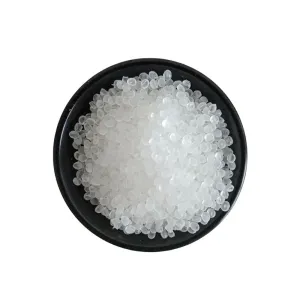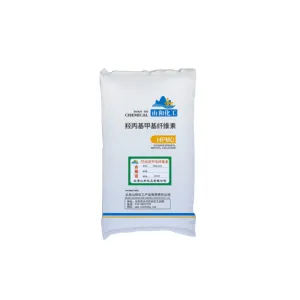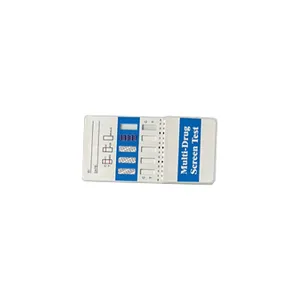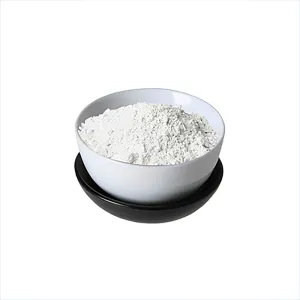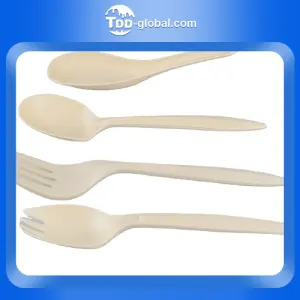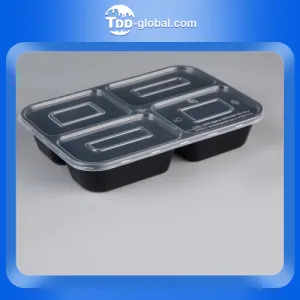With the grand opening of the two sessions on March 5, from "new quality productive forces" to "high-quality development", from "deepening reform" to "opening up to the outside world at a high level" has become a hot economic issue concerned by the two sessions of the Chinese people's Congress.
Since General Secretary Xi Jinping first proposed "new quality productivity" during his inspection and research in Heilongjiang in September last year, the popularity of this keyword has continued to rise, and it has been included in the government work report for the first time this year. Since the beginning of this year, both the central and local governments have put the development of new productive forces and the cultivation of new industries in an important position when making arrangements for their work at the beginning of the year. At the two national sessions, deputies and committee members also made suggestions and suggestions on this theme one after another. General Secretary Xi Jinping attended the deliberations of the Jiangsu delegation to the second session of the 14th National people's Congress, and stressed the need to firmly grasp the primary task of high-quality development and develop new-quality productive forces in line with local conditions.
The new quality productivity is the result of the joint action of many factors, which is not only limited to "high-end", but also includes the high-end, intelligent and green transformation of traditional industries. We will promote the integrated development of new-quality productive forces and traditional industries, increase investment in research and development in high-end fields, and promote the deep integration of industry, university, research and application.

At present, the production capacity of China's polyester industry is as high as 80.79 million tons. As a traditional textile application field, polyester capacity has been faced with the pressure of saturation excess. In recent years, the average annual growth rate of polyester production capacity in China has remained at a high level of more than 8%. Among them, the growth rate of polyester production capacity in China is as high as 15% in 2023, and the industry has entered a new development cycle.
From the perspective of the development pattern of China's polyester industry, the polyester industry presents the characteristics of centralization, large-scale and integration of refining and chemical industry, which is mainly manifested as the upward layout of downstream enterprises, the supporting PTA capacity of polyester plant, the supporting PX capacity of PTA plant, and the long process of PX plant, which is mainly connected to the refinery. The change of polyester industry or the matching and expansion of production capacity are all developing towards the planning of integration. In recent years, the new production capacity of polyester in China is mainly concentrated in the leading enterprises, such as Tongkun, Xinfengming, Hengyi, Hengli and so on. The enterprise industrial chain has gone from a piece of cloth to a drop of oil, from the market terminal to the front end of the industrial chain, realizing the integrated management and development pattern of "crude oil-aromatic hydrocarbons, olefins-PTA, ethylene glycol-polyester new materials", leading the high-quality development of the industry. Private refinery plate has formed a strong pattern represented by Hengli Petrochemical, Rongsheng Petrochemical, Hengyi Petrochemical, Dongfang Shenghong, Tongkun shares and other leading enterprises.
In recent years, China's leading polyester enterprises adhere to the "basic + high-end" development direction, promote the optimization of industrial structure and the improvement of product quality through project and technological transformation, speed up the transformation and upgrading of stock and the elimination of backward production capacity, and lead the company's business to the middle and high end. Promote the transformation and upgrading of enterprises from "coarse" to "fine". The new polyester projects this year are also focused on high-end new materials.
Xinfengming Zhonghong New Materials Project of over 20 billion yuan
In January, Xinfengming Group Co., Ltd. announced that the wholly-owned subsidiary Tongxiang Zhonghong New Materials Co., Ltd. plans to invest in the construction of new materials projects, with a total investment of about 20 billion yuan. The project is located in Zhouquan block of Tongxiang Ronghang Economic Zone, with an annual output of 2.5 million tons of differential polyester fiber materials and 100000 tons of polyester film materials. It is a material project in the field of fiber and energy.
The total land of the project is about 1080 mu, with a planning and implementation in two phases. the investment in the first phase is about 3.5 billion yuan, involving about 240mu of land, and the construction period is 3 years. Construction of 250,000 tons / year polyester production plant (cationic fiber products) 1 set, 400,000 tons / year polyester production plant (differential fiber products) 1 set, the second phase investment has not yet been planned. Xin Fengming said that the purpose of this investment is to further strengthen the industrial cluster and production force of the Zhouquan base, further adjust the product structure, optimize product competitiveness, and enhance the company's profitability.
Tongkun Group Fine Chemical New Materials Project signed in Haiyan
In February, the Tongkun Group fine chemical new material Haiyan base project with a total investment of 5 billion yuan signed a contract to settle in Haiyan Economic Development Zone. The new project is an important step for Tongkun to expand and strengthen the fine chemical industry and enhance the market competitiveness and anti-risk ability of enterprises. The project adopts highly automatic, intelligent, green low-carbon process and is built in two phases. The products are high-end interface agent and green polyether new material. Through its own accumulation of research and development, the Group has achieved a comprehensive replacement of foreign spinning auxiliaries, breaking the monopoly position of Germany and Japan on high-end chemical spinning auxiliaries. Haiyan base will focus on the polymer materials industry, in the project design process, the use of highly automated, intelligent, green and environmentally friendly low-carbon technology to build new high-end fine chemical materials projects.
With the further deepening and optimization of market concentration, the competition of polyester industry has gradually changed from the original price competition of many small and medium-sized enterprises to the competition of comprehensive strength among the leading enterprises in the industry. The competition among leading enterprises has entered the competition mode of the whole industry chain. In this situation, China's head polyester enterprises rely on their own superior products, continue to strengthen their core competitiveness, and form a relatively obvious differentiated competitive advantage. The gradual improvement of industry concentration is also conducive to the further formation of orderly expansion, as well as differentiation and diversification of the competition pattern between the head enterprises.


